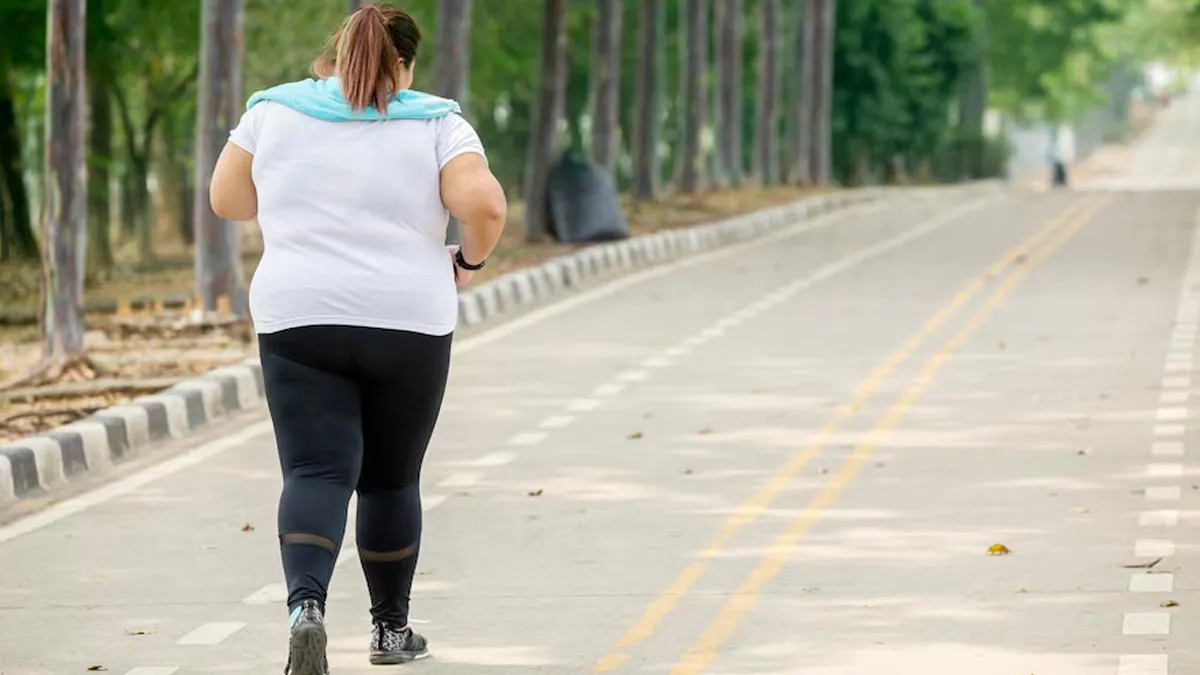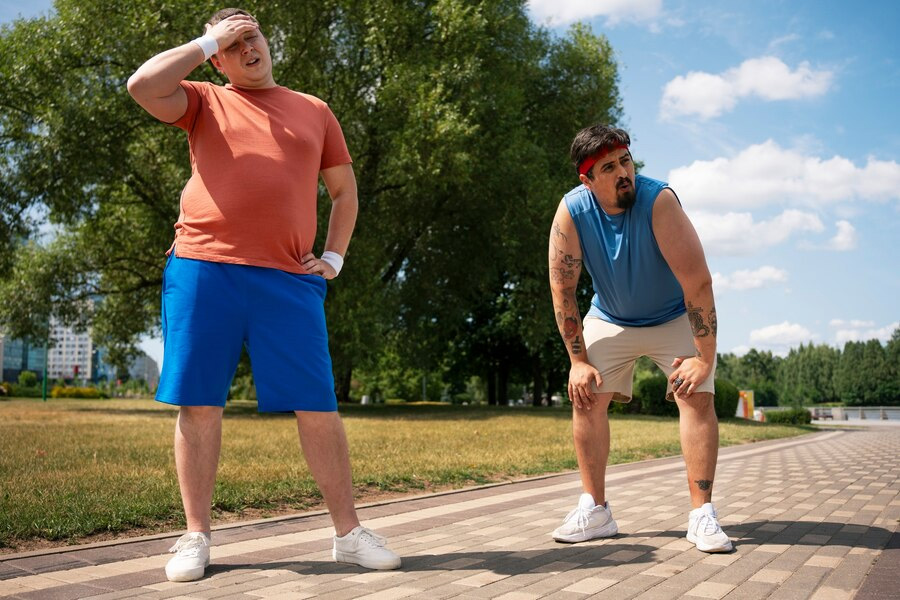
Walking is one of the simplest and most accessible forms of exercise, often praised for its ability to support weight loss. However, if you’ve been walking regularly and haven’t seen the results you hoped for, your pace, or lack of it, could be the reason. Properly navigating your walking routine for fat loss can make all the difference.
Table of Content:-
RELATED: You Can Lose Fat 2x Faster If You Walk At THIS Speed, Study In Focus
What Is The Connection Between Walking And Weight Loss?

Walking is an effective way to burn calories, but its impact on weight loss largely depends on how long, how often, and how intensely you walk. A 30-minute brisk walk can burn approximately 150 calories, with faster paces and longer durations burning even more. However, walking alone may not be enough to shed pounds. Research shows that a combination of physical activity and dietary changes is far more effective for weight loss than exercise alone.
This doesn’t mean you should abandon your walks. Instead, focus on creating a consistent caloric deficit by burning more energy through walking while also paying attention to your diet.
Pace Matters And It Is The Key To Fat Loss
The intensity of your walks plays a significant role in determining their effectiveness for fat loss. Walking at a moderate to brisk pace helps to burn calories and improve cardiovascular health, but to target visceral fat, which is the fat stored around your internal organs,higher-intensity efforts are more effective.
Incorporating interval training into your walks is a simple way to boost intensity without the need for additional equipment or high-impact exercises like running. For example, find an elevated platform and walk up as quickly as you can for one minute, then walk back down to recover. Repeat this several times to increase calorie burn and fat loss. If hills aren’t accessible, adding a weighted vest or carrying a rucksack can provide similar benefits.
Remain Patient And Start Slow

If you’re new to walking or have been sedentary, jumping into a high-intensity routine can lead to fatigue, soreness, or even burnout. Instead, gradually increase your step count and walking intensity over time. This allows your body to adapt and prevents excessive hunger signals, which can arise when physical activity suddenly increases.
Hunger management is crucial for weight loss. Pairing your walks with a high-protein diet can help keep hunger at bay, as protein is both satiating and has a high thermic effect, meaning it takes more energy to digest.
Being Consistent Can Make All The Difference
Walking is versatile and sustainable, but consistency is key to seeing results. Regular walks combined with a slight reduction in calorie intake can create the caloric deficit needed for weight loss. However, results may take a couple of weeks to show, so patience is essential.
Even after you’ve achieved your weight loss goals, walking remains important. Studies show that regular physical activity is critical for maintaining weight loss over the long term.
RELATED: Want To Decrease Your Waist Size? Doing THIS Exercise For 2.5 Hours A Week Guarantees Fat Loss
Bottomline
Walking can be an effective weight loss strategy, but its success depends on intensity, consistency, and a holistic approach to health. A balanced diet that includes a variety of fruits, vegetables, whole grains, and lean proteins is crucial. Minimising saturated fats, added sugars, and processed foods also supports long-term health and weight management.
By incorporating brisk paces, interval training, and gradual progression into your walking routine, and pairing it with a nutritious diet, you can reap its benefits and achieve the best results.
Also watch this video
How we keep this article up to date:
We work with experts and keep a close eye on the latest in health and wellness. Whenever there is a new research or helpful information, we update our articles with accurate and useful advice.
Current Version
